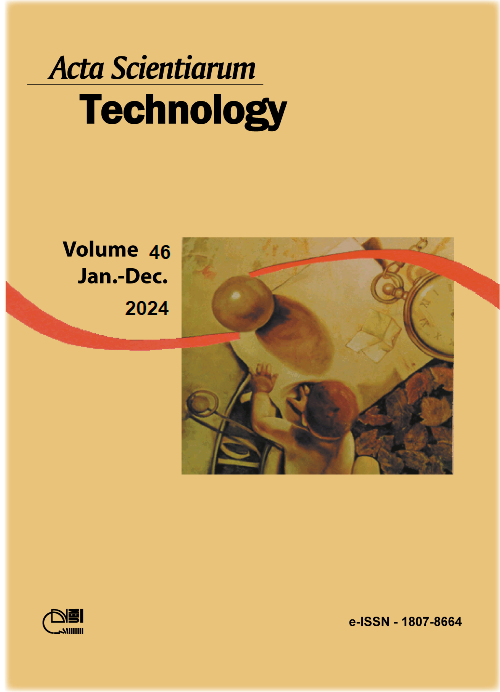Dam failure analysis according to different methods in HEC-RAS, Gí¶kçe Dam, Turkey
DOI:
https://doi.org/10.4025/actascitechnol.v46i1.64391Keywords:
dam failure; depth damage curve; HEC-RAS; piping overtopping methods; yalova gí¶kçe dam.Abstract
As in the rest of the world, the impact of climate change is clearly felt in Turkey, while the effects of global warming, drought and flood-induced disasters continue to increase day by day. At the same time, water consumption is crucial for the survival of people. Efficient water use and conservation, facilitated by water resources management, should be recognized as a pressing contemporary concern. Recently, floods that cause a great deal of damage have started to occur frequently in Turkey. A possible flood that may occur in the demolition of Gí¶kçe Dam has been a matter of curiosity. This dam is the most important water source for Yalova province and has been in service for a long time. Therefore, the aim of this study is to examine the flood risk situations of settlements in case of a possible Gí¶kçe Dam failure or basin flooding. Additionally, the study aims to estimate the damages that may occur in houses of flooded areas. Piping and overtopping methods were used in HEC-RAS program to create flood maps, and the Van Eck and Kok damage curves were used to assess the damages. While water level varies between 0-1 meters in the most affected buildings in the overtopping method, this level is 2-3 meters in the piping method. The damage to buildings with a water level of 4 meters and above is quite high in the piping method, and it has been observed that greater damage may occur for lower water levels in the overtopping method. The total damage and number of affected buildings are higher in the piping method. Accordingly, a possible Gí¶kçe dam failure would cause significant losses in both methods, especially in the piping method.
Downloads
Downloads
Published
How to Cite
Issue
Section
License
DECLARATION OF ORIGINALITY AND COPYRIGHTS
I Declare that current article is original and has not been submitted for publication, in part or in whole, to any other national or international journal.
The copyrights belong exclusively to the authors. Published content is licensed under Creative Commons Attribution 4.0 (CC BY 4.0) guidelines, which allows sharing (copy and distribution of the material in any medium or format) and adaptation (remix, transform, and build upon the material) for any purpose, even commercially, under the terms of attribution.
Read this link for further information on how to use CC BY 4.0 properly.











8.png)




